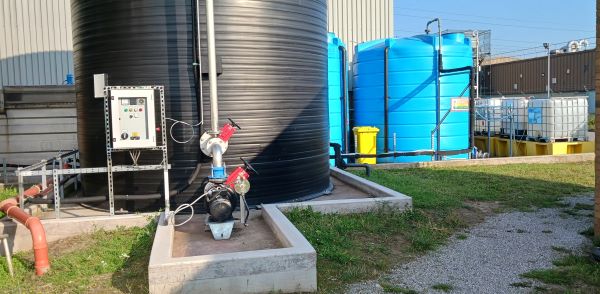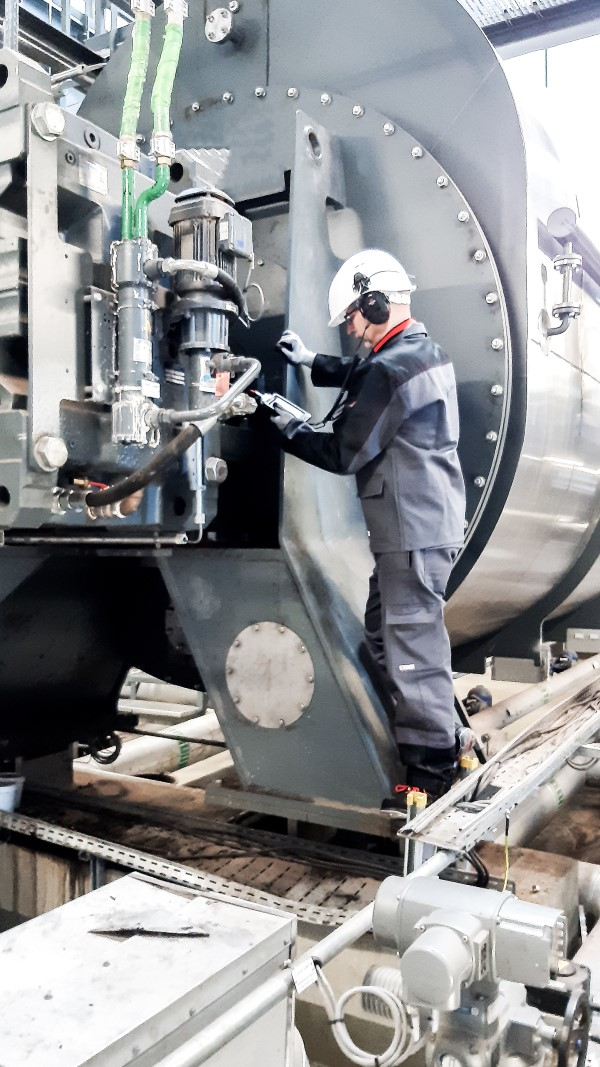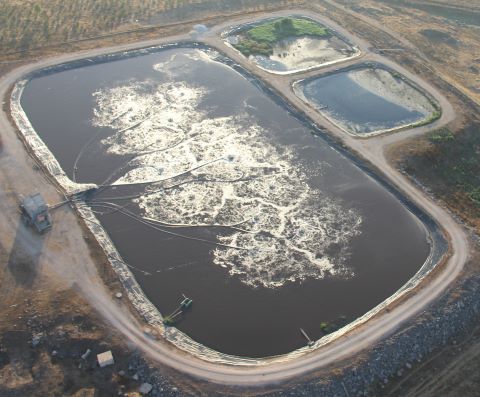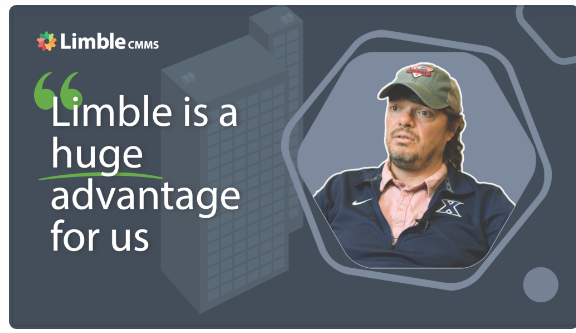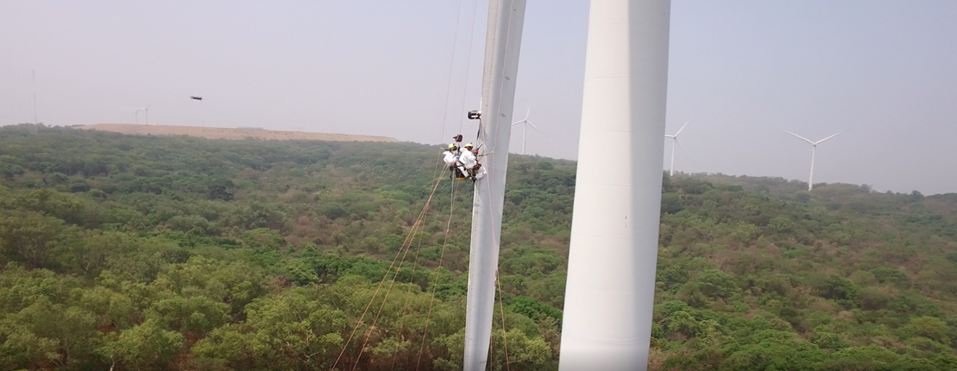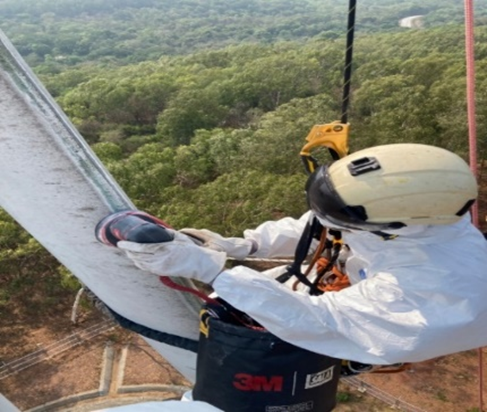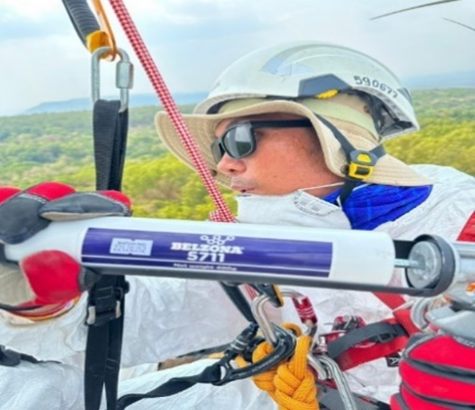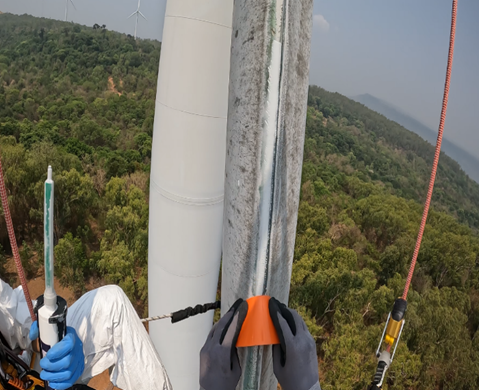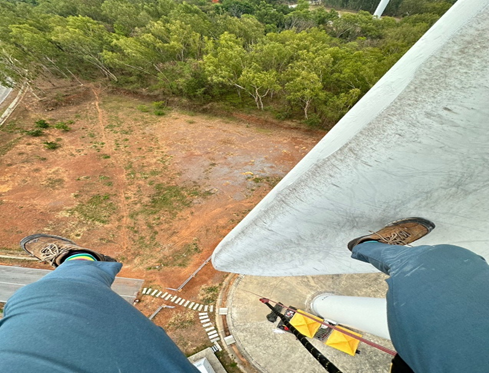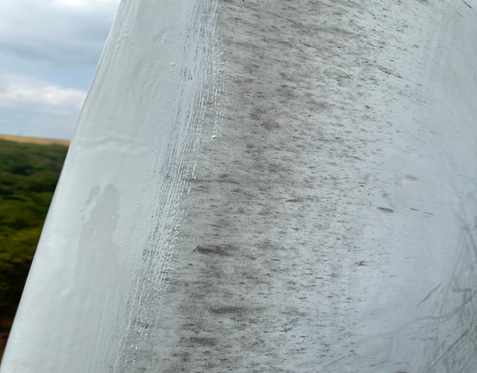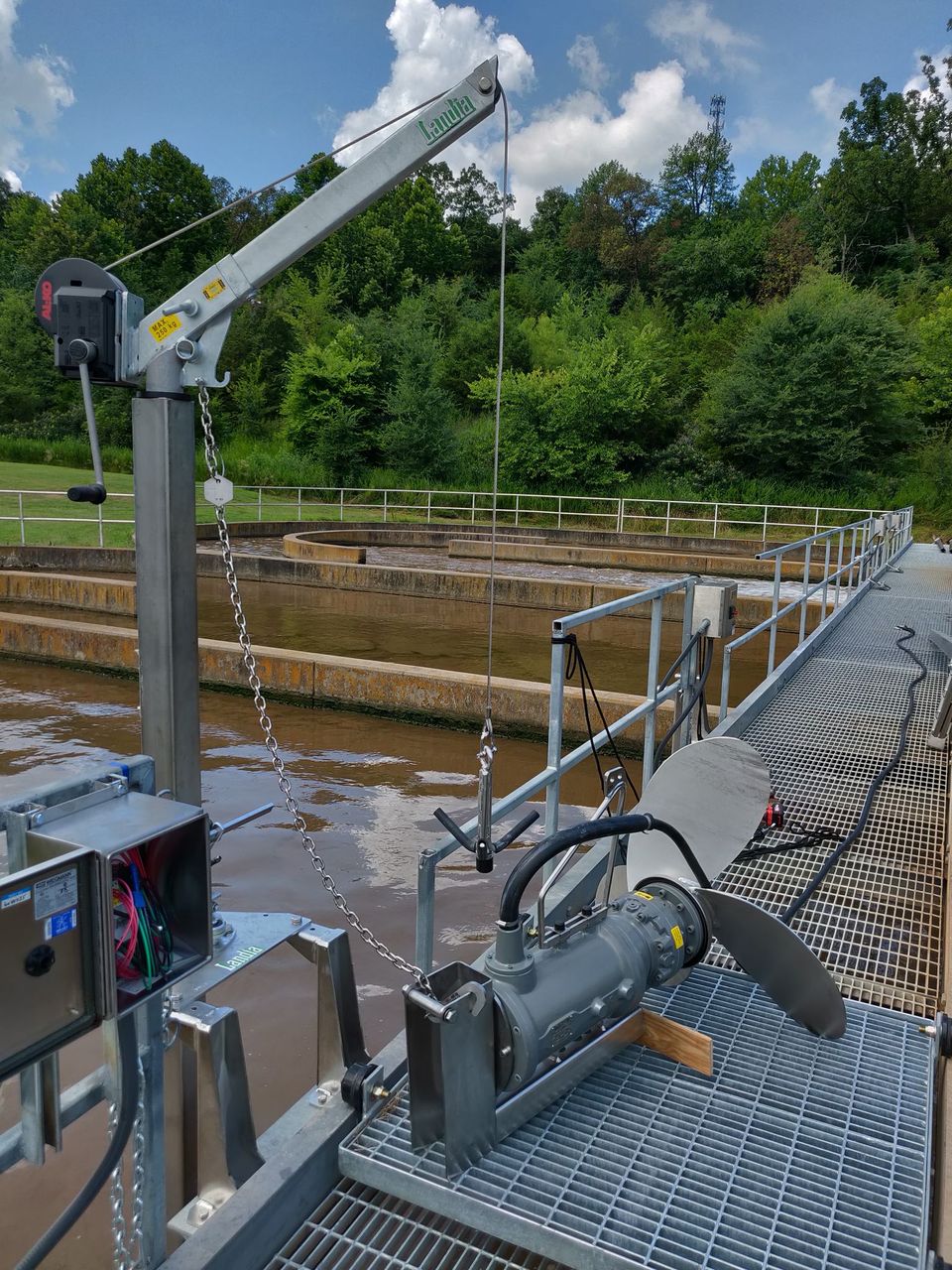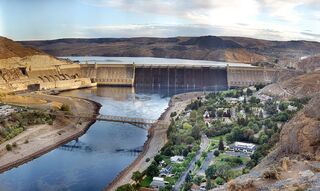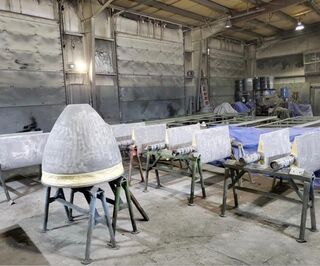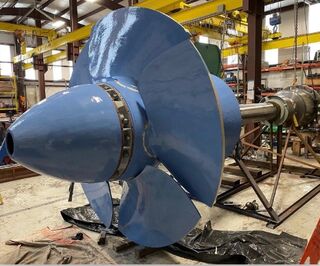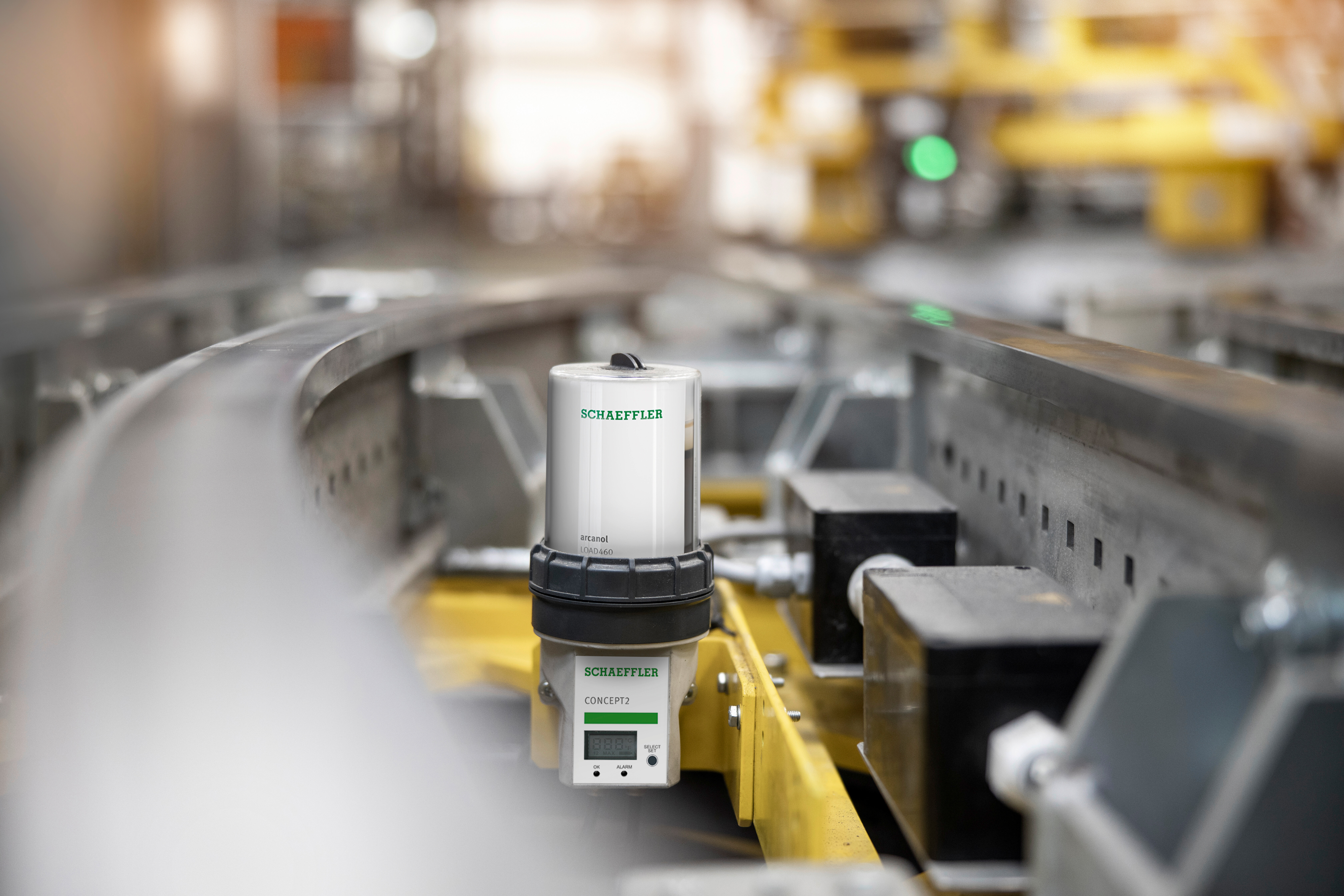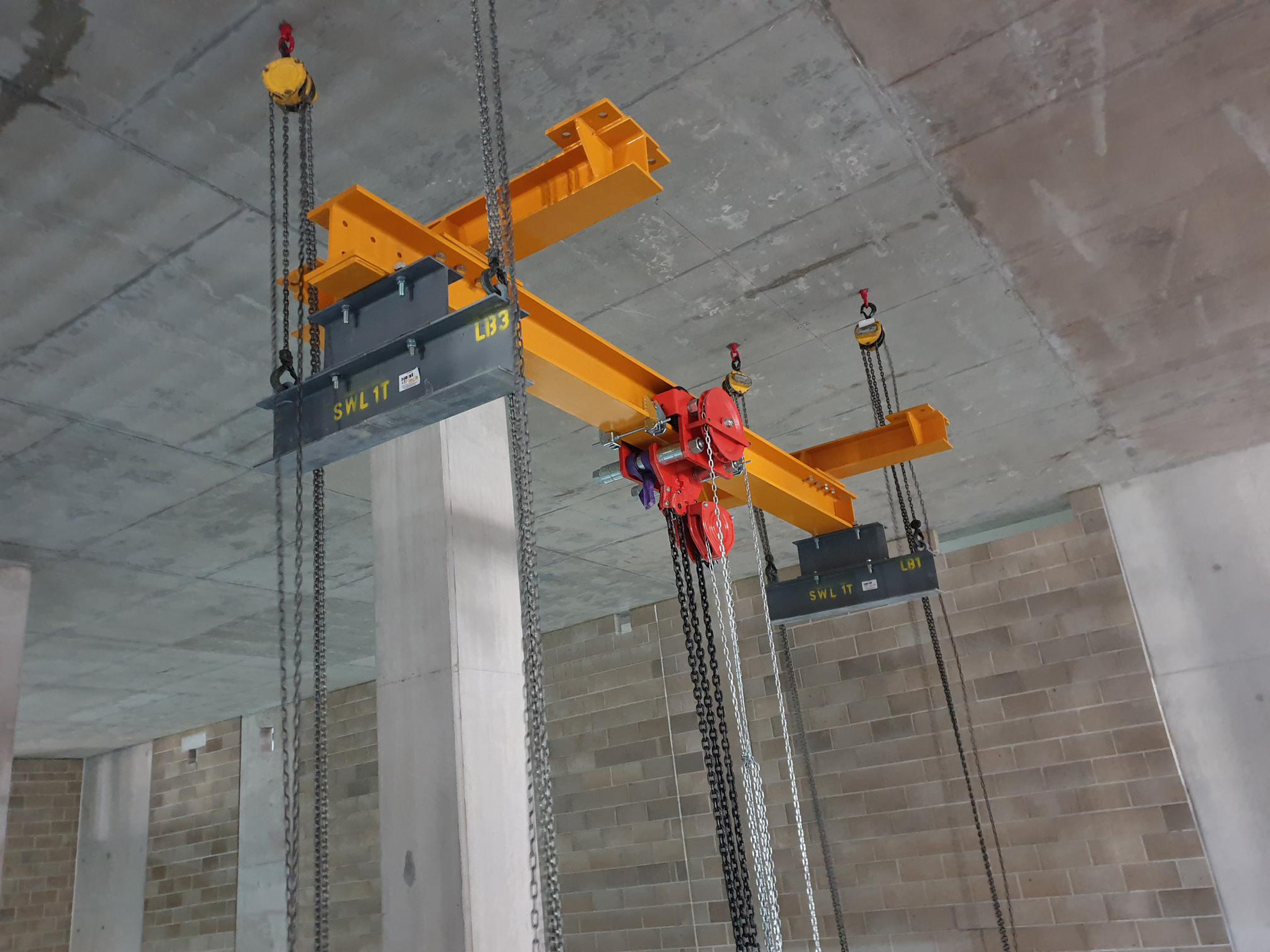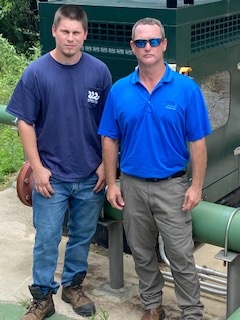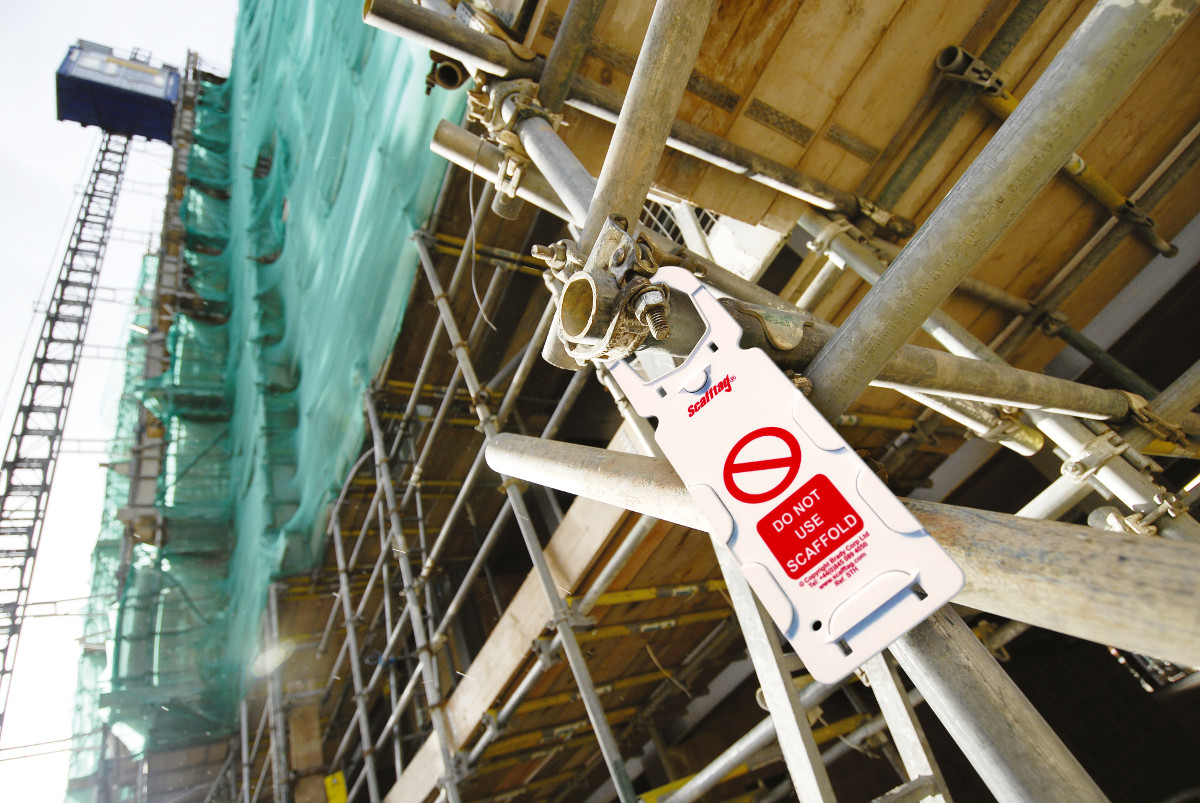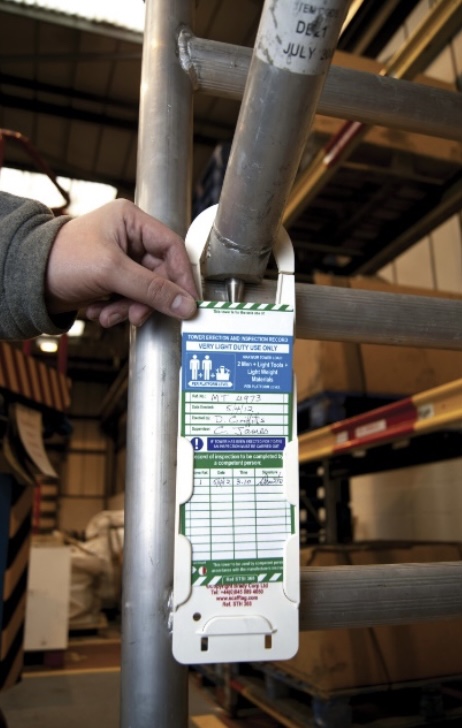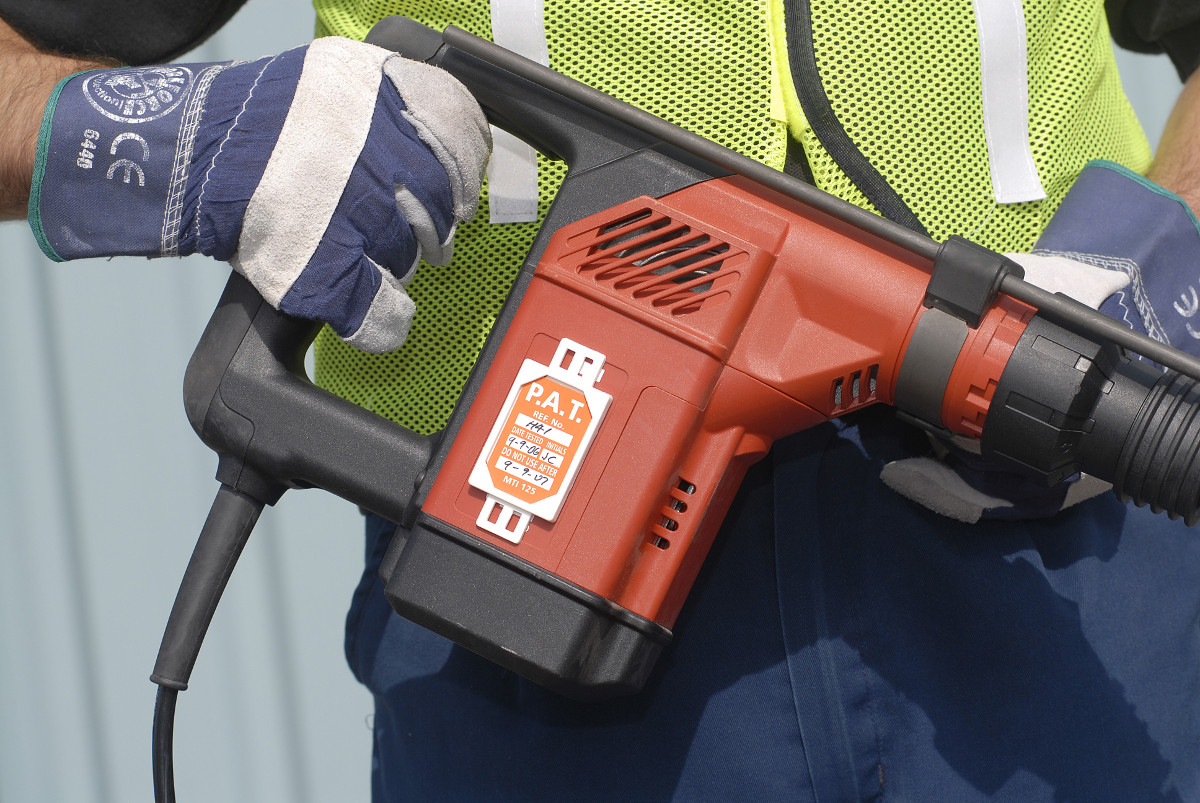Investment in new wastewater treatment equipment has enabled a leading producer of cereals and cereal bars to overcome the challenges it was facing with a very problematical effluent.
Deeside Cereals had first introduced a new DAF unit (Dissolved Air Flotation) from Watermark (a division of WA Cooke Group) to separate suspended solids and for the thickening of sludge.
However, the FOG (Fats Oils and Greases) caused by ingredients such as chocolate, rape seed oil and lecithin (phospholipids) had at one point sent COD (Chemical Oxygen Demand) up to 78,000.
‘Very Strict Compliance Levels’
Karl Johnson, Safety, Heath & Environment Manager at Deeside Cereals, commented: “The DAF unit from Watermark has proved very successful, bringing COD down to 6,000 initially, but with very strict compliance levels to meet for Dŵr Cymru Welsh Water, we wanted to make further improvements to our treatment regime.”
He added: “Working closely with Watermark, we agreed that the introduction of a high-quality aeration system would be best. Based on their previous good experiences, Watermark recommended the AirJet from Landia. I’d read about how reliable and effective their equipment is for the long-term, so we decided to first take one on trial for our new 60m3 wastewater treatment tank.”
To suspend the solids from Deeside Cereals’ effluent, the Landia AirJet was soon put into operation. Comprising a 5.5kW Chopper Pump (invented by Landia in 1950) and a venturi nozzle, the low-energy AirJet can mix and aerate down to a water depth of approximately 7.5 metres, without the need for a compressed air supply.
Alistair Fielding from Watermark said: “It’s a simple set up; easy to install, and very effective. Based on our preceding work with Landia, we had no hesitation in recommending them to Karl. We want our customers to benefit from equipment that not only provides the right solution, but also offers the best possible value in total cost of ownership.”
Watermark had previously teamed up with Landia to help introduce a mixing system to handle wastewater at an expanding organic poultry producer in South Wales. Here, the AirJet eliminated the need for compressors, bottom-mounted diffusers and advanced controls.
‘Very Challenging To Treat’
Karl Johnson from Deeside Cereals, continued: “When our sugary water used to become entrained, it was very challenging to treat and fulfil our compliance obligations . It took us a little while for the AirJet and the DAF to harmonise, with some minor adjustments required around the length of time to aerate the trade effluent. We’ve also found that it is easier to control the COD by only half filing our tank, but we always test it before discharge – and if needs be, can aerate the effluent a little longer until it is below our compliance threshold. The Landia pump needs nothing more from us than a quick visual inspection each day to check on oil. We’re now looking at setting up a service agreement for a twice-yearly maintenance check. The guys at Landia are very good to work with. Landia have provided excellent support at all times and the installation was very straightforward. The purchase was a judicious decision on our part and I would highly recommend Landia as a service provider. Air-Jet has paid for itself in less than 10 months.”

